The 1960s was a decade of incredible technological optimism. With the Space Race, the rise of television, and rapid advancements in science, it felt like humanity was on the cusp of a new age of innovation. The gadgets and inventions of the ’60s were a glimpse into a future that seemed just around the corner, full of possibilities that would change the way we lived, worked, and played. While some of these gadgets have evolved into everyday items we can’t live without, others remain relics of an era filled with excitement about what the future might hold. Let’s take a look at 13 ’60s gadgets that we thought were the future, but which often didn’t live up to the hype—or simply faded into obscurity.
1. The Jetsons’ TV Dinner Oven
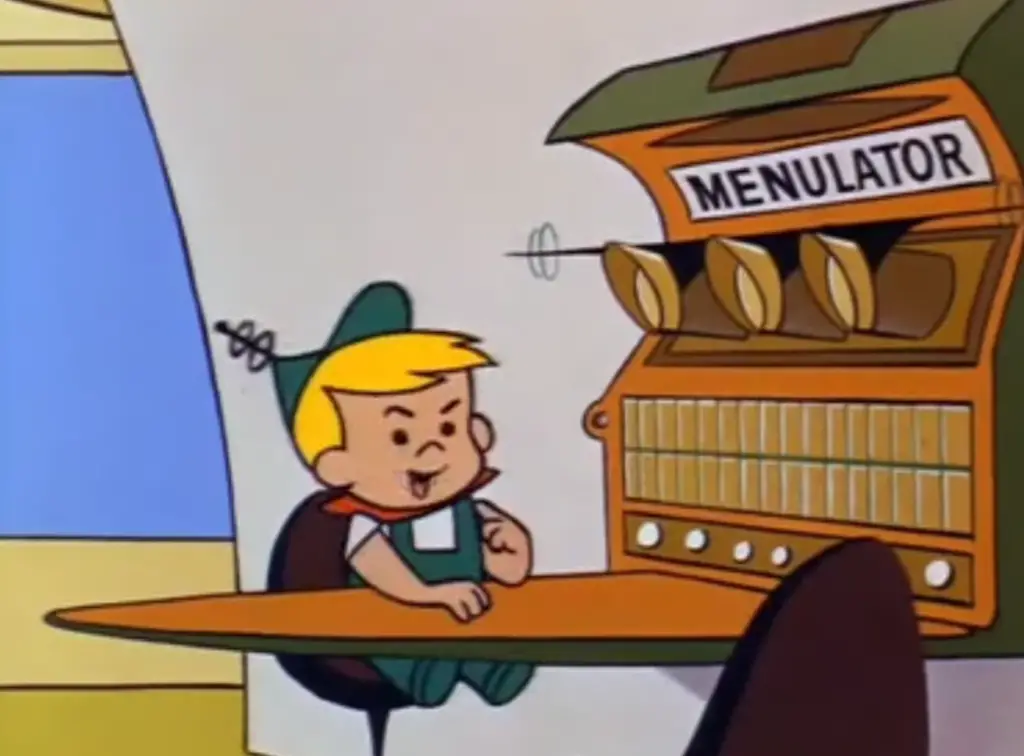
Inspired by the futuristic world of The Jetsons, the TV dinner oven was marketed as a space-age kitchen gadget that could cook meals in a flash. With a sleek design, it promised to make heating up those frozen TV dinners a simple, high-tech process. It was sold as the ultimate convenience for the busy, modern family of the future, allowing you to pop a meal in and have it ready in no time.
While the TV dinner oven didn’t quite achieve the same level of universal acceptance, the concept of convenience cooking continued to evolve with microwave ovens and fast food. The idea that the future would revolve around quick, easy meals was far from wrong, but this gadget itself quickly became obsolete as technology moved forward. Still, it remains a nostalgic reminder of how the ’60s imagined our future kitchens.
2. The Flying Car
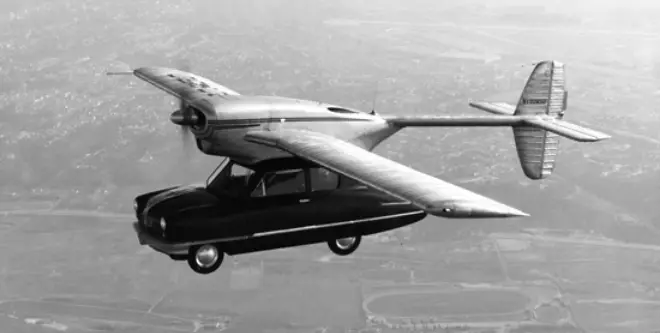
One of the most ambitious visions of the future in the 1960s was the flying car. While this concept has never quite come to fruition, various prototypes were developed in the decade, such as the Aero-Car and the Convair 240. Advertised as a way to eliminate traffic and transform transportation, flying cars seemed like the next big step in personal mobility.
Despite numerous attempts and claims of successful tests, the idea of flying cars remained out of reach. Today, while we still see glimpses of this dream in science fiction, and companies continue to explore the possibility of flying vehicles, we have yet to see mass adoption. The flying car of the ’60s remains a hopeful, but ultimately unrealistic, vision of the future.
3. The Robot Butler
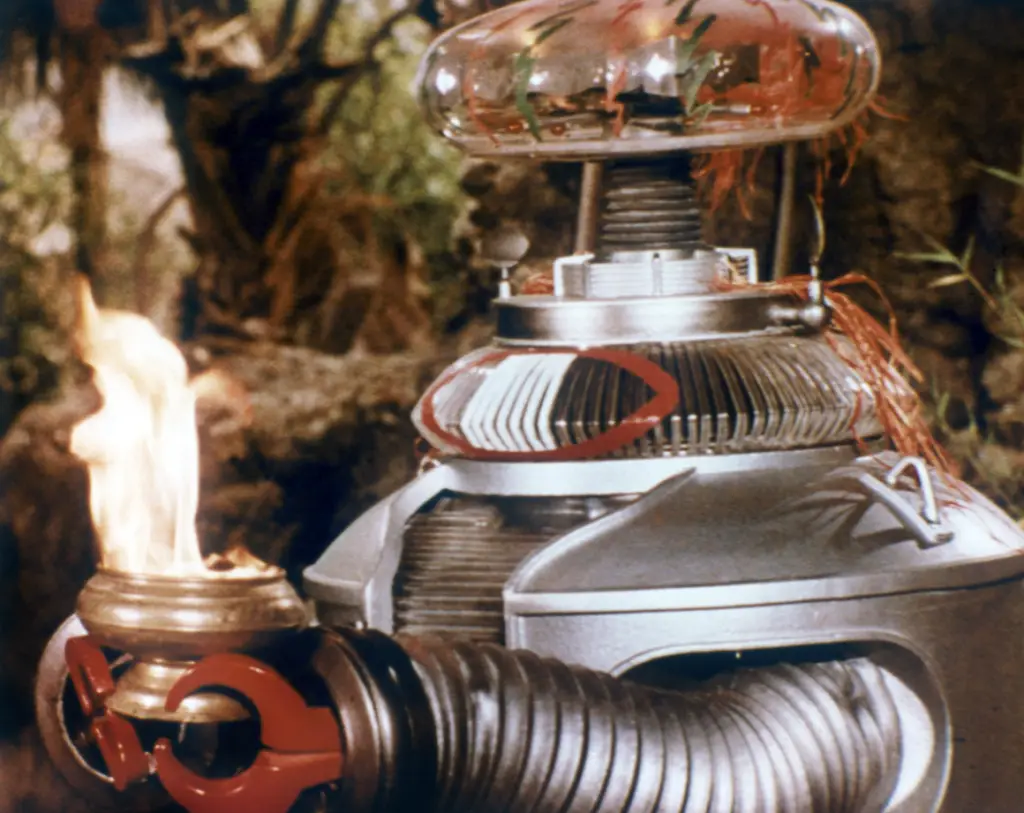
The ’60s were a time when robots were thought to be the solution to nearly every problem, especially in domestic life. Enter the robot butler—machines designed to help around the house, doing everything from serving drinks to cleaning up. Robots like the “Housework Helper” were advertised as the future of household labor, where technology would free us from mundane chores.
Sadly, the robot butler never took off, and most of the technology was too advanced—or too expensive—for widespread adoption. While we do have robots today that help with cleaning and basic tasks, the vision of a full-fledged robotic butler is still just a dream. The Jetsons might have had Rosie, but in real life, we’re still waiting for our own.
4. The Dictaphone
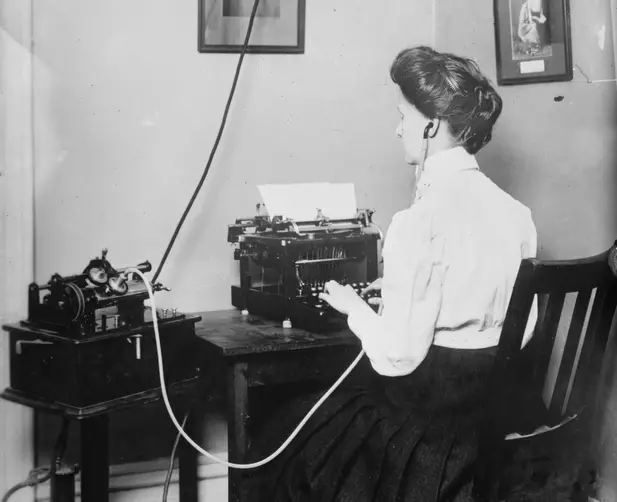
In the ’60s, dictation machines like the Dictaphone were marketed as essential tools for business professionals. The device allowed people to dictate memos, letters, and reports into a recorder, which could then be transcribed later. The gadget was advertised as a time-saver, promising to streamline office work and make communication more efficient.
Though it found some success in the business world, the Dictaphone’s appeal eventually waned with the rise of computers, voice-to-text software, and more efficient communication methods. Today, dictation devices are far more advanced and streamlined, with smartphones and AI-based systems taking over the role that the Dictaphone once filled. Still, it was a futuristic idea in its time.
5. The Videophone
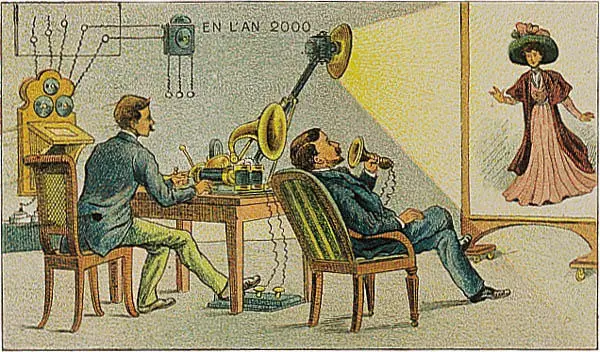
The videophone, or video calling device, was one of the most exciting gadgets of the ’60s. Telephones with video screens were imagined to allow people to see each other while they talked, making long-distance communication more personal and immediate. Bell Labs even created a prototype in 1964 that featured a camera and a video screen, offering a glimpse into what we now take for granted in our smartphones and computers.
While video calling technology has become an integral part of modern communication with platforms like Skype, FaceTime, and Zoom, the videophone as it was envisioned never became widespread in the ’60s. It wasn’t until decades later that video calls became mainstream, and today, the once futuristic videophone has become an everyday part of our digital lives.
6. The Home Polaroid Camera
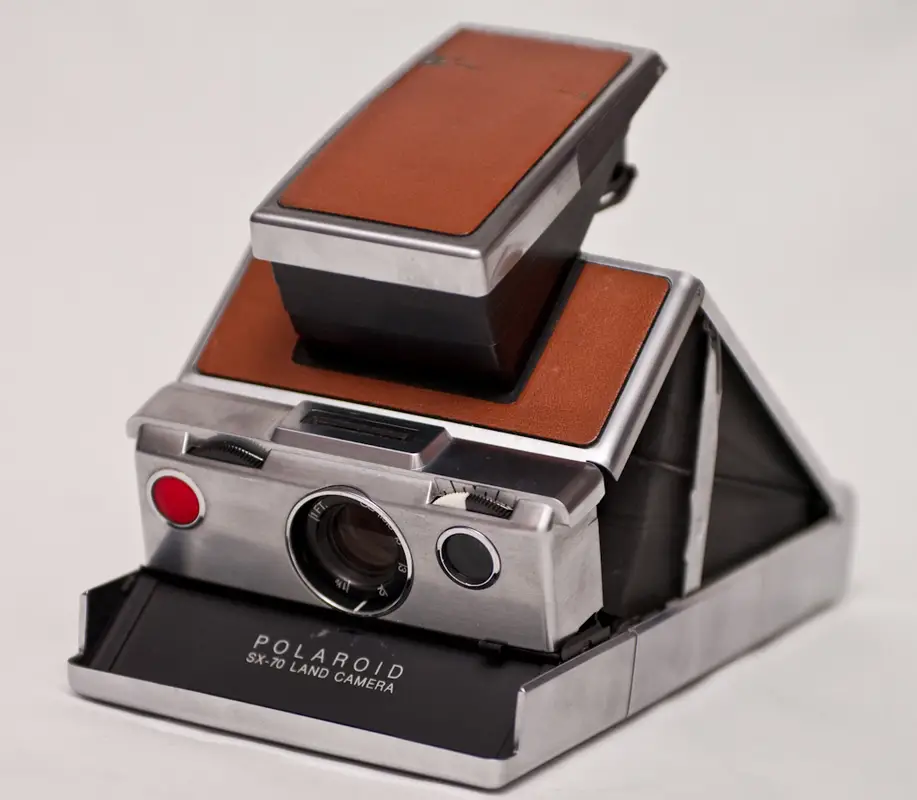
The concept of instant photography took off in the ’60s with the introduction of the Polaroid instant camera. Polaroid marketed this camera as the key to capturing memories instantly, with a photo developing right in front of your eyes in mere minutes. For a time, it felt like a truly futuristic way to preserve moments, offering a level of immediacy that other cameras of the time couldn’t match.
While Polaroid cameras had a strong run through the ’70s and ’80s, digital cameras, smartphones, and photo printers soon replaced them. Polaroid’s original idea, however, was ahead of its time, and the idea of instant photos has experienced a resurgence thanks to digital printing technologies. The Polaroid’s iconic, square photos have become a nostalgic symbol of the past.
7. The 3D TV
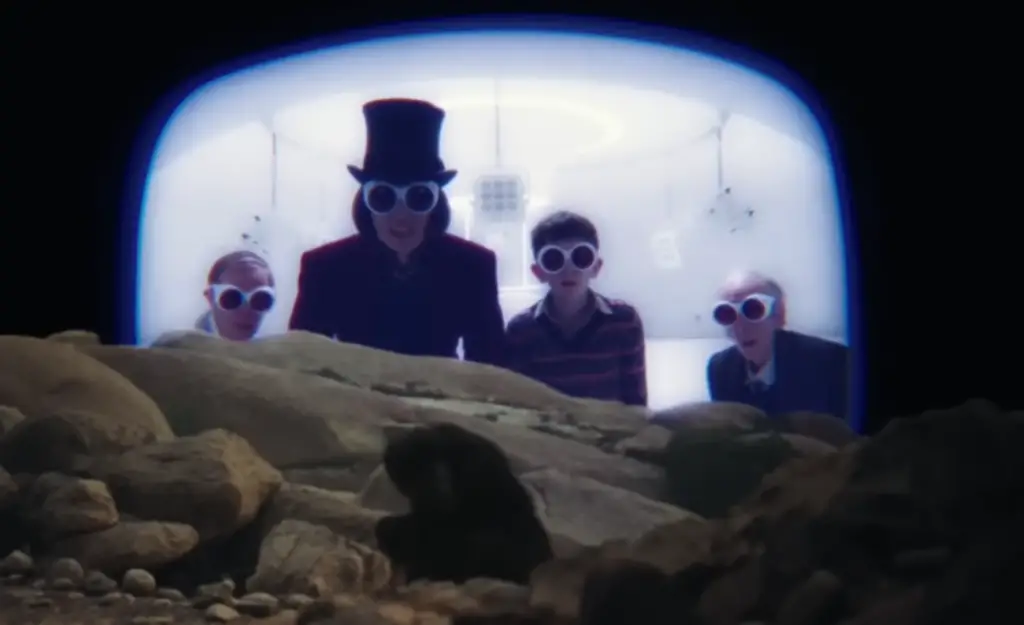
In the ’60s, 3D technology was all the rage, and manufacturers were sure that 3D television would become the future of home entertainment. With the popularity of 3D films in theaters and the success of early 3D gadgets, many believed that television in 3D would soon be commonplace in living rooms.
However, despite early prototypes and some technological breakthroughs, the idea of 3D television never really took off. The technology was cumbersome and expensive, and audiences weren’t as eager for 3D experiences at home as expected. Today, while 3D movies occasionally see a resurgence, the idea of 3D television is all but forgotten, with flat-screen HDTVs reigning supreme instead.
8. The Space Age Microwave Oven
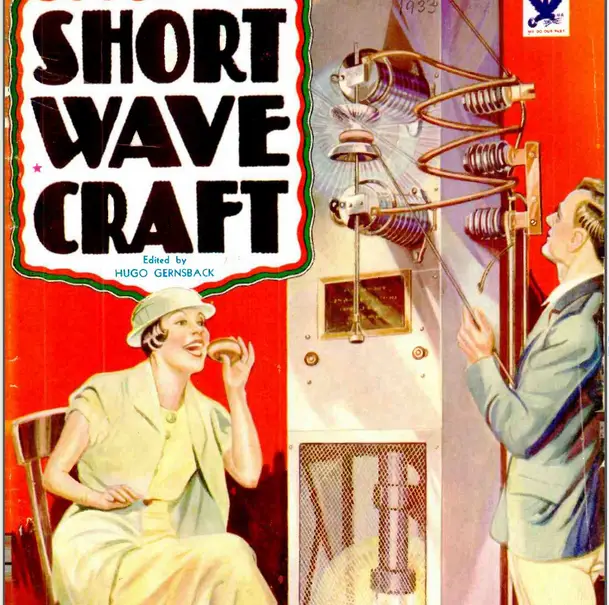
The microwave oven was introduced in the late ’40s, but it was in the ’60s that it gained popularity as a space-age kitchen gadget. With its sleek, futuristic design, it was marketed as the ultimate convenience in food preparation. Advertisements made it sound like microwave ovens would revolutionize the way people cooked, offering fast and easy meals in the blink of an eye.
While the microwave oven did become a household staple, it didn’t live up to the idealized vision of the future where it would replace traditional cooking entirely. However, over the decades, the microwave became an integral part of modern kitchens, evolving into a tool that still saves time in our daily lives.
9. The Home Robot Vacuum

In the ’60s, the dream of a robot that would clean your house was more than just an idea—it was a reality. Though it wasn’t as sophisticated as modern versions, early robot vacuum prototypes were built to move around the house autonomously, picking up dust and dirt. At the time, they seemed like the perfect solution to cleaning.
Today, companies like Roomba have perfected the concept, with robot vacuums becoming an essential part of home cleaning. While the ’60s versions didn’t work quite as well, they were ahead of their time, and their vision of a robotic cleaner is now a reality in many homes.
10. The Hovercraft
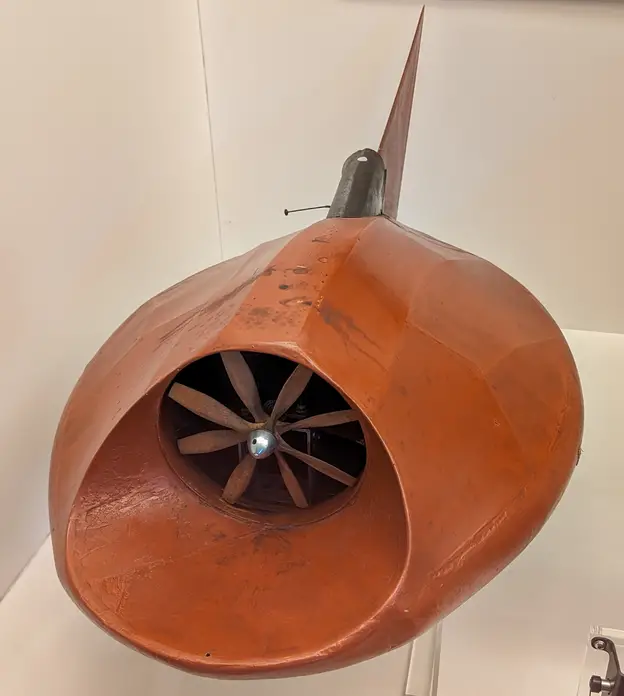
Hovercrafts were hailed as the future of transportation in the 1960s. Advertised as vehicles that could glide over land and water with ease, they were thought to revolutionize everything from commercial transport to military operations.
However, the hovercraft never reached widespread use, mainly due to their cost, complexity, and limited practicality. While hovercrafts are still used for specific purposes, such as in certain military or rescue operations, the general public never saw them as the everyday vehicles of the future as originally hoped.
11. The Electric Car
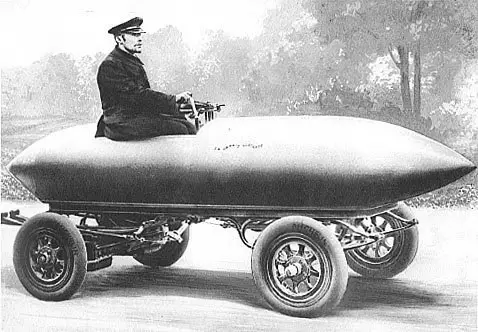
Though the electric car had its origins long before the ’60s, it was in this decade that it started to be marketed as a viable alternative to gasoline-powered cars. The idea was that by the end of the century, electric cars would dominate the road, solving pollution and fuel problems.
While electric cars are now on the verge of becoming mainstream in the 2020s, the ’60s vision of widespread electric vehicles didn’t come to pass as expected. The technological and economic barriers were too high, and the internal combustion engine remained the dominant force for decades. Today, electric cars are enjoying a resurgence, but the vision of a fully electric future in the ’60s took much longer to realize.
12. The Segway
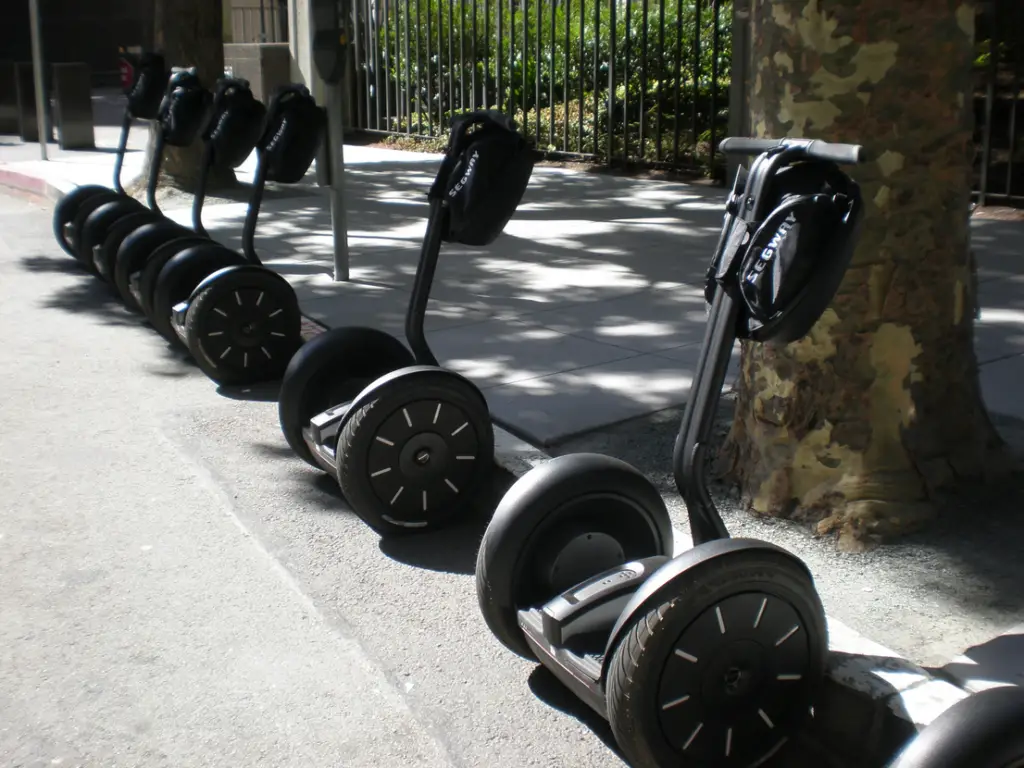
Although it was invented in the late ’90s, the Segway was inspired by futuristic transportation ideas from the ’60s. The concept of a self-balancing, personal transportation vehicle seemed to be something straight out of a sci-fi film. People envisioned the Segway as a game-changer for how we would navigate cities and public spaces.
While the Segway had some success in niche markets, it never quite reached the mainstream as imagined. Despite its relative failure to revolutionize personal transportation, the Segway remains a symbol of futuristic thinking and a testament to the visionaries of the past.
13. The Home 3D Printer
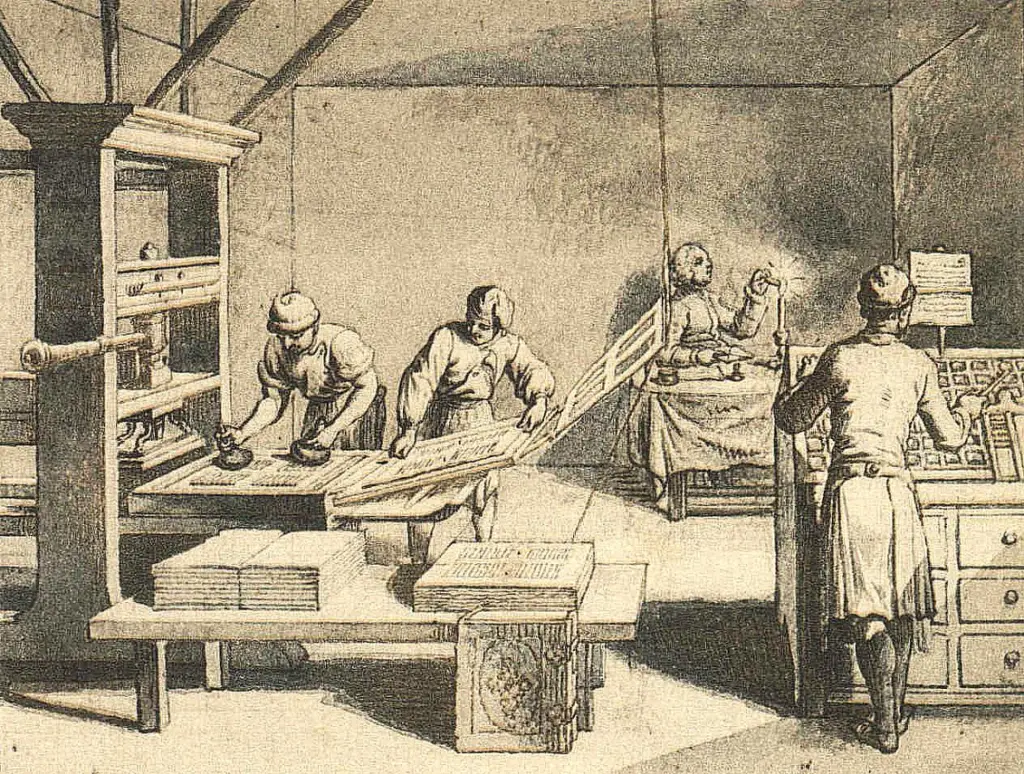
While 3D printing didn’t really become a mainstream technology until the 21st century, the seeds for it were planted in the ’60s. Early versions of 3D printers were used for prototyping, but the idea of a home 3D printer that could create objects from digital files was seen as the future of manufacturing.
Today, 3D printers are commonly used for prototyping and in various industries, and some home versions have become available, but the widespread use of home 3D printers remains a work in progress. The ’60s vision of personal manufacturing is still emerging, and we might one day see more of these devices in homes worldwide.
The ’60s were full of bold visions of the future, many of which didn’t fully come to fruition in the way they were imagined. However, even if some of these gadgets never became the everyday products we expected, many still left a lasting impact on the technology we use today. The ’60s were a time of boundless imagination, and those futuristic ideas continue to inspire innovation well into the present day.


